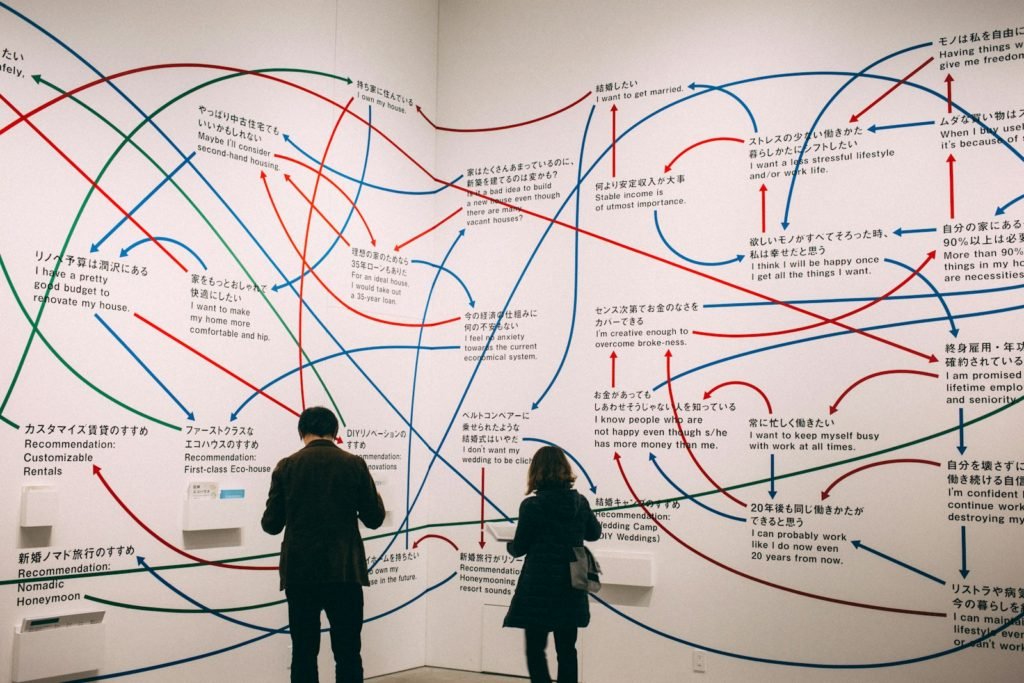In the vast realm of efficiency, Lean stands as a guiding light, weaving simplicity into the fabric of quality control and process improvement. This modern tale unfolds like a storybook, making Lean accessible even to anyone.
The Birth of Lean: A Simple Philosophy
Lean is not a complicated equation but a simple philosophy – doing more with less. Imagine tidying up your room, keeping only what you need, and organizing it for easy access. That’s the essence of Lean – eliminating what’s unnecessary and creating a smooth, efficient flow.
The Lean Philosophy: Less is More
Less clutter, less waste, more efficiency – that’s the heart of Lean. It’s like a chef simplifying a recipe, focusing on the essential ingredients that make a dish perfect. In the world of Lean, the aim is to deliver maximum value with minimal resources.
The Three M’s of Lean Thinking
Lean thinking revolves around the three M’s – Muda (waste), Mura (variability), and Muri (overburden). It’s like a detective story where Lean seeks to eliminate waste, reduce variations, and prevent overloading the system. The hero in this story is efficiency.
Lean Tools: The Craftsman’s Kit
Lean provides a toolkit, not filled with complicated gadgets, but with simple tools that a craftsman can use. Think of it as a superhero’s utility belt, equipped with tools like Value Stream Mapping, 5S, and Kaizen. Each tool has a specific purpose in the journey toward efficiency.
Value Stream Mapping: Drawing the Treasure Map

Imagine being a pirate drawing a treasure map for efficiency. Value Stream Mapping is like that treasure map for processes. It helps visualize the entire journey from idea to product, highlighting areas that need improvement. It’s not about complicating, but simplifying the route.
5S: Organizing the Workspace
5S is like a room-cleaning checklist. It stands for Sort, Set in Order, Shine, Standardize, and Sustain. It’s about organizing the workspace, ensuring everything has a designated place, and maintaining cleanliness. Think of it as tidying up your room, making sure everything is neat and accessible.
Kaizen: The Continuous Improvement Dance
Picture a dance where every move makes the performance better. Kaizen is that dance in Lean. It’s not a one-time act but a continuous improvement mindset. It’s like adding a little magic to your routine every day, making small improvements that add up to excellence.
Lean in Action: Streamlining the Journey
Imagine a river flowing smoothly without obstacles. Lean is about streamlining the journey of a product or service from start to finish. It’s like a river that cuts through the landscape efficiently, eliminating unnecessary twists and turns.
Reducing the Seven Wastes
Lean targets the seven wastes: Transportation, Inventory, Motion, Waiting, Overproduction, Overprocessing, and Defects. Think of them as villains hindering the journey. Lean, like a superhero, battles these enemies to ensure a smooth and efficient flow.
Pull System: Only What’s Needed, When Needed
Picture a chef preparing ingredients only when a customer places an order. That’s the essence of the pull system in Lean. It ensures that work is pulled only when there’s demand, preventing overproduction and maintaining a steady flow.
Building a Lean Culture: Everyone’s Playground
Imagine a playground where everyone follows the same rules. Lean encourages building a culture where everyone contributes to efficiency. It’s like playing a team sport – each member has a role in making the team successful.
Gemba Walks: Leaders on the Field
Leaders in a Lean environment don’t stay in offices; they walk the “Gemba,” the actual workplace. It’s like a coach being on the field, understanding the challenges firsthand. Gemba Walks ensures leaders are connected to the reality of the work environment.
Respect for People: Everyone’s a Valued Player
In Lean, everyone is a valued player on the team. It’s like a soccer game where each player’s contribution is crucial. Respect for people means recognizing and appreciating the unique skills and insights each team member brings to the table.